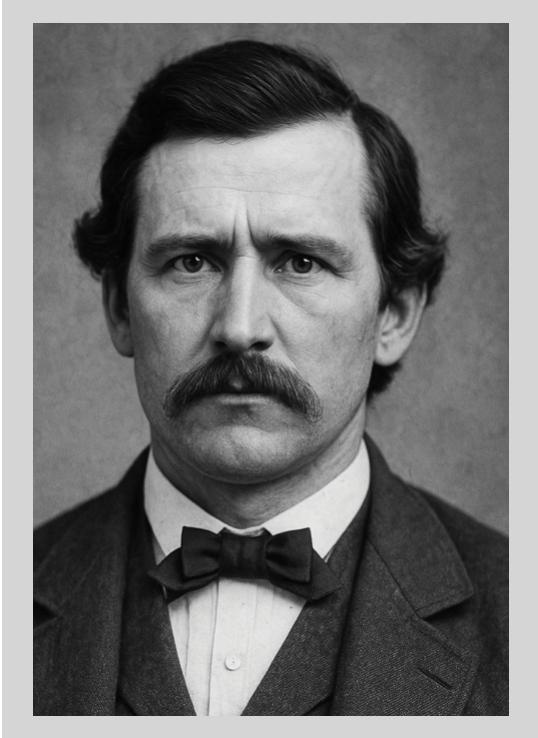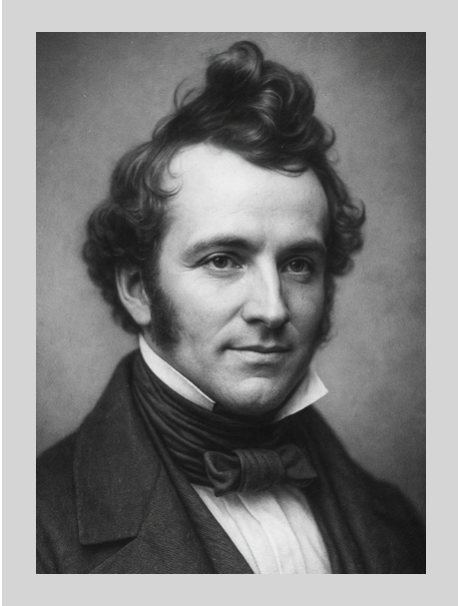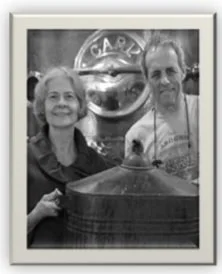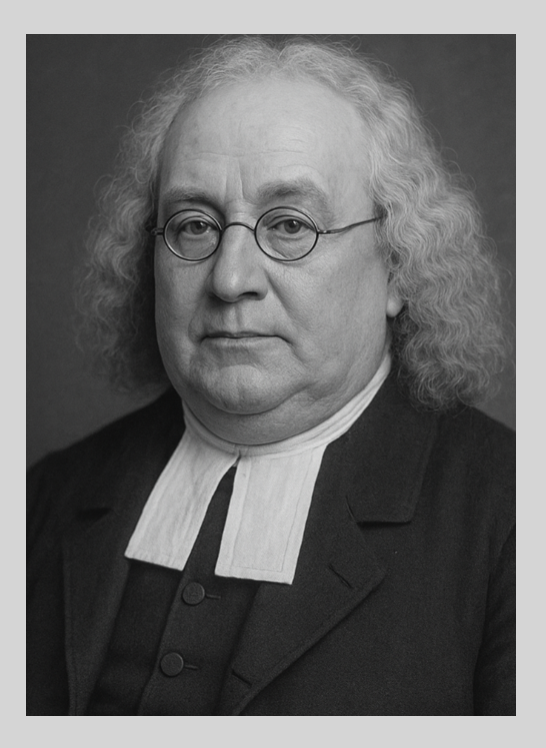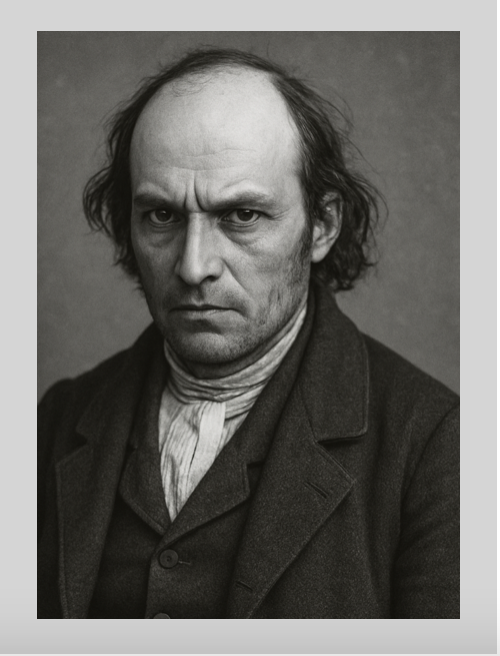Mid-Atlantic Rye Whiskey Founders
(The Mid-Atlantic Rye Region includes Maryland, Pennsylvania, Virginia & West Virginia)
PENNSYLVANIA WHISKEY FOUNDERS
(NOTE: FOUNDERS ARE LISTED IN ALPHABETICAL ORDER)
Below is a list and links to Whiskey Founders that have made huge contributions to the growth of the Mid-Atlantic Rye Whiskey Industry. These may have been historical figures that lived long ago before prohibition or may be living leaders that have advanced the cause of the industry as a whole. Mid-Atlantic Rye Whiskey has been its own whiskey category for years.
1
Abraham Bomberger
Abraham Shenk Bomberger was a descendant of the Shenk family, the first Swiss Mennonite settlers in Pennsylvania. The Shenk brothers, John & Michael, were in the farming and milling business and began distilling rye whiskey in Schaefferstown in 1753. After changing hands, Abraham successfully ran the distillery. He rebuilt and expanded the still house, warehouse, and jug house and significantly increased production. By all accounts, Bomberger’s rye whiskey was considered first class.
2
E.G. Booz
Did you ever wonder where the term “booze” may have originated?
In 1840, Edmund G. Booz, a Philadelphia liquor merchant and importer, came up with the idea of partnering with his neighbor, Walnut Street Whitney Glassworks, to create an entirely unique whiskey brand niche that remains popular today. As the American Civil War approached, glass became hugely expensive, and because of this, whiskey was rarely sold in individual bottles.
3
Rob Cassell
In 2014, Robert Cassell founded New Liberty Distillery in Philadelphia’s Kensington district, where his passion for whiskey found full expression. He designed his own 240‑gallon copper pot still and began experimenting with local grains and malts to blaze new trails in small-batch whiskey production.
4
Samuel Dillenger
Samuel Dillinger, of German descent, was born in East Huntingdon Township in Westmoreland County, Pennsylvania on October 28, 1810. As a teenager, Samuel was employed by Martin Stauffer, near Jacob’s Creek, and it is believed that this is where he learned the business of distilling. Martin Stauffer was married to Elizabeth Overholt, who was the half-sister of Abraham Overholt.
5
Joseph S. Finch
Finch established a distillery in Pittsburgh in the 1850s. He applied for a medicinal whiskey permit during Prohibition. In the 1920s, Louis Rosenstiel absorbed Finch’s distillery, merging it with Schenley Distillers. Post-1933 repeal, Schenley became one of the "Big Four" whiskey producers, controlling nearly 16% of the U.S. whiskey market. Finch was a key player in Pennsylvania's rye renaissance, with vast barrel stocks and national influence.
6
John Gibson
John Gibson, an Irish immigrant, carved a significant place in American distilling history by establishing what would become Gibson’s Finest Whiskey. His entrepreneurial spirit and commitment to producing high-quality whiskey set the foundation for a brand that, despite changing ownership and production locations, continues to be recognized today.
7
Jim Hough
Jim Hough is the patriarch of the Hough family, owners of Liberty Pole Spirits, an award-winning craft distillery that pays tribute to the early producers of rye whiskey. The Liberty Pole campus is located just north of Washington, Pa., in the heart of the historic Monongahela Valley whose rich, fertile soil lent its name to the spirit’s trademark spicy flavor.
8
Herman Mihalich
Herman C. Mihalich is the co-founder and distiller of Dad’s Hat Distillery. A proud graduate of the University of Pennsylvania with a degree in Chemical Engineering, Herman’s path from engineer to distiller is a unique and inspiring story. The name “Dad’s Hat Distillery” is a heartfelt tribute to Herman’s father, who was a rye whiskey enthusiast and served it at the family’s tavern. His father was also known for his collection of Stetson fedoras, handcrafted in Philadelphia.
9
Mark Meyer & Mary Ellen Meyer
Mark and Mary Ellen Meyer, a dynamic husband-and-wife team, are the co-founders of Wigle Whiskey Distillery; Pittsburgh’s first distillery since the 1920s. Their journey into the world of craft distilling began not from a background in spirits production but from a shared passion for community, history, and innovation. One of the Meyers’ most significant accomplishments was their role in reshaping Pennsylvania’s liquor laws, allowing craft distilleries to sell directly to consumers.
10
Abraham Overholt
In 1810, Henry's son Abraham Overholt (1784–1870) took over management of the distillery and made it into a large business. By the 1820s, the distillery was putting out 15 gallons of rye whiskey per day. Abraham grew the company rapidly; by 1843, Baltimore newspapers were advertising Overholt's "Old Rye"; was the best in the country. At that time, only the very few top distilleries were advertised by name, not the brands.
11
Harry Publicker
Born in the Ukraine in 1867, Harry’s family moved to Philadelphia when he was 6 to flee from persecution as Jews. Publicker began modestly in 1913 when he started “sweating” whiskey residue from old barrels to extract and sell absorbed alcohol as industrial alcohol. During WW I, he supplied industrial alcohol products to the U.S. government, capitalizing on demand. Since Prohibition did not ban production of industrial alcohol, Publicker’s business thrived.
12
Johann (John) Shenk
The Shenk family immigrated from Switzerland to colonial Pennsylvania in the early 1700’s, starting out as farmers and later distilling excess grain into whiskey. The distillery focused on producing rye whiskey. During the Revolutionary War, the distillery earned the moniker “the whiskey that warmed the American Revolution.” Eventually changing hands to a family member, Shenk’s became Bomberger’s, and eventually closed in 1989. Both brands were revived by Michter’s in 1997.
13
Phillip Wigle
Philip Wigle was an 18th-century German immigrant and farmer in Western Pennsylvania, known for his involvement in the Whiskey Rebellion. In the 1790s, the newly formed United States government, under Treasury Secretary Alexander Hamilton, imposed the first federal excise tax on whiskey to help pay off the debts incurred during the Revolutionary War. This tax was deeply unpopular. Wigle’s most infamous act was assaulting a federal tax collector who attempted to enforce the tax.


